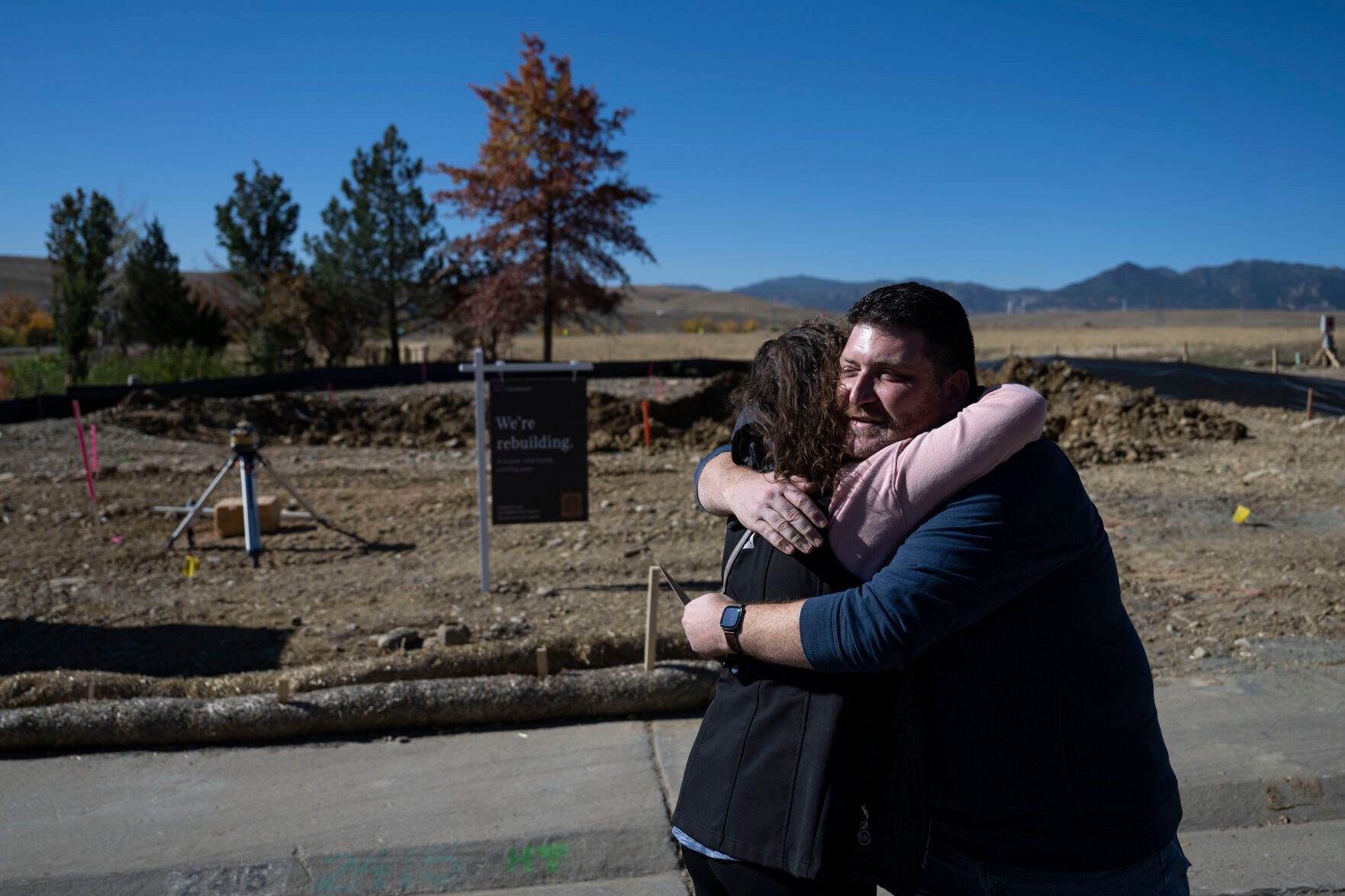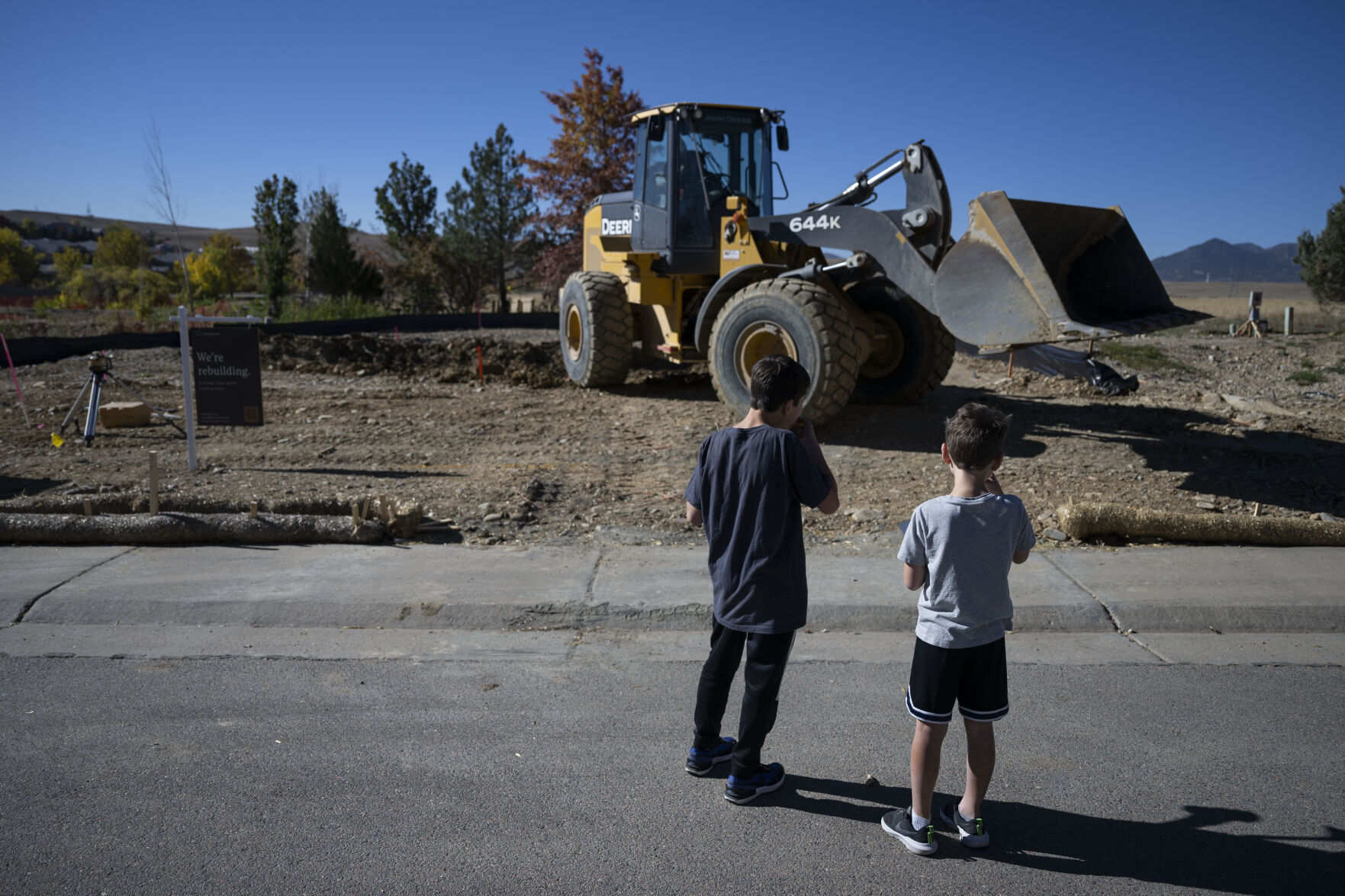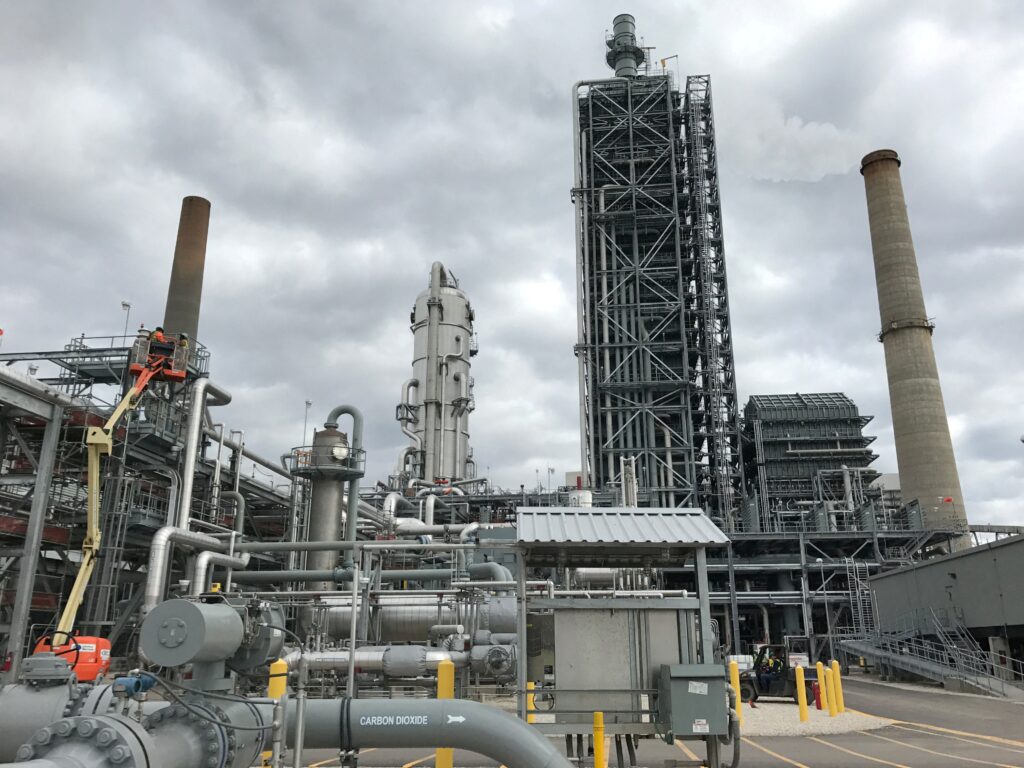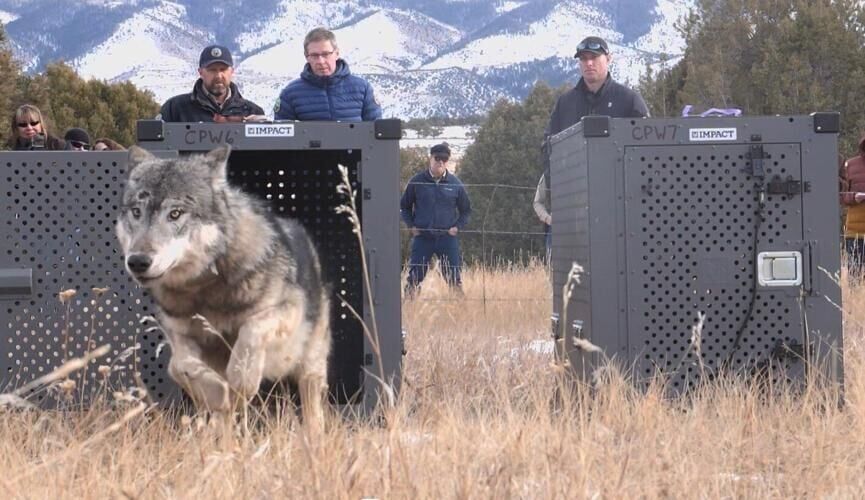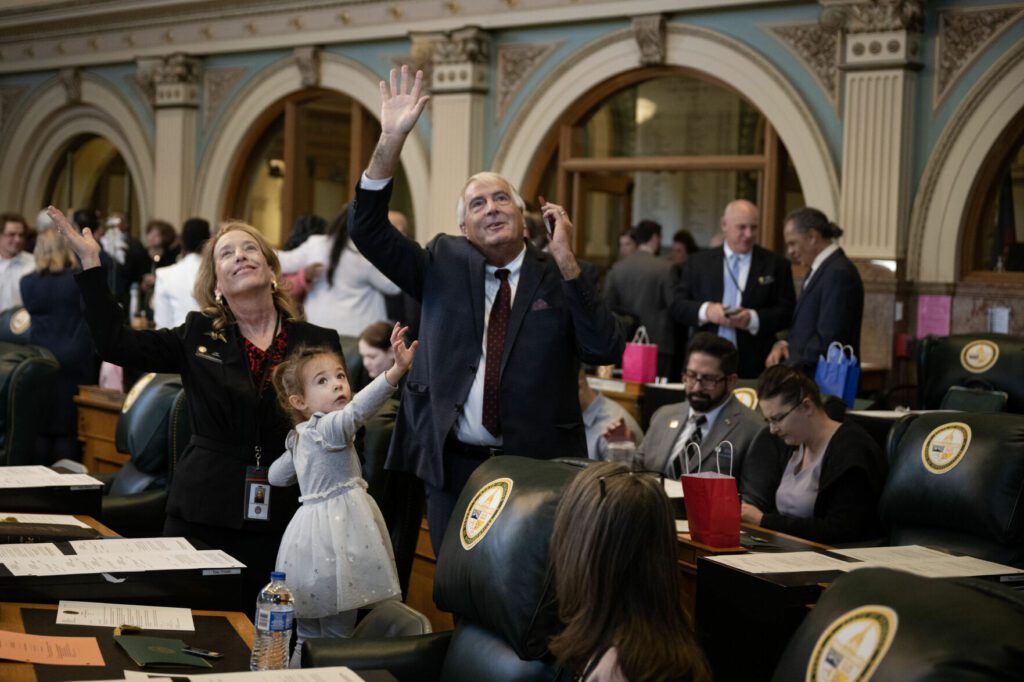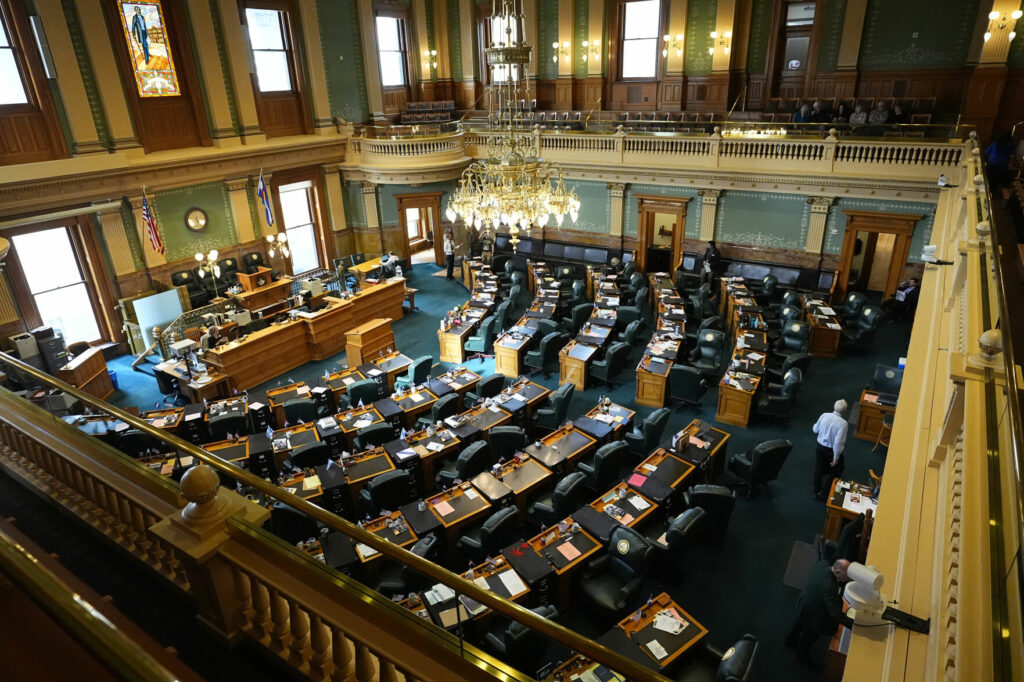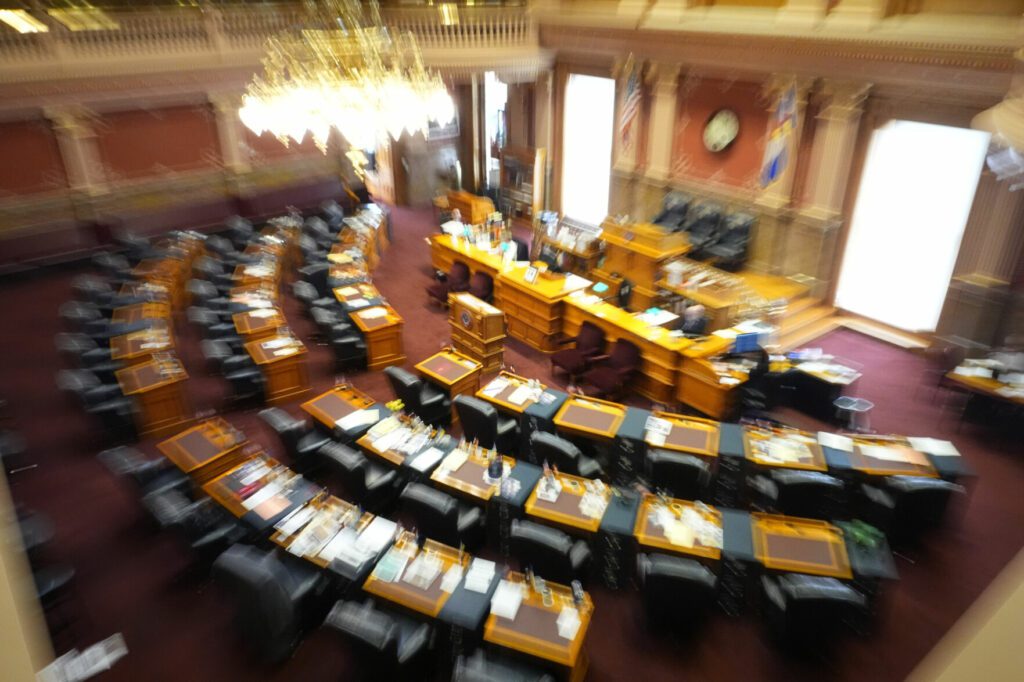A Superior effort: Lessons learned through resiliency of rebuilding after Marshall fire
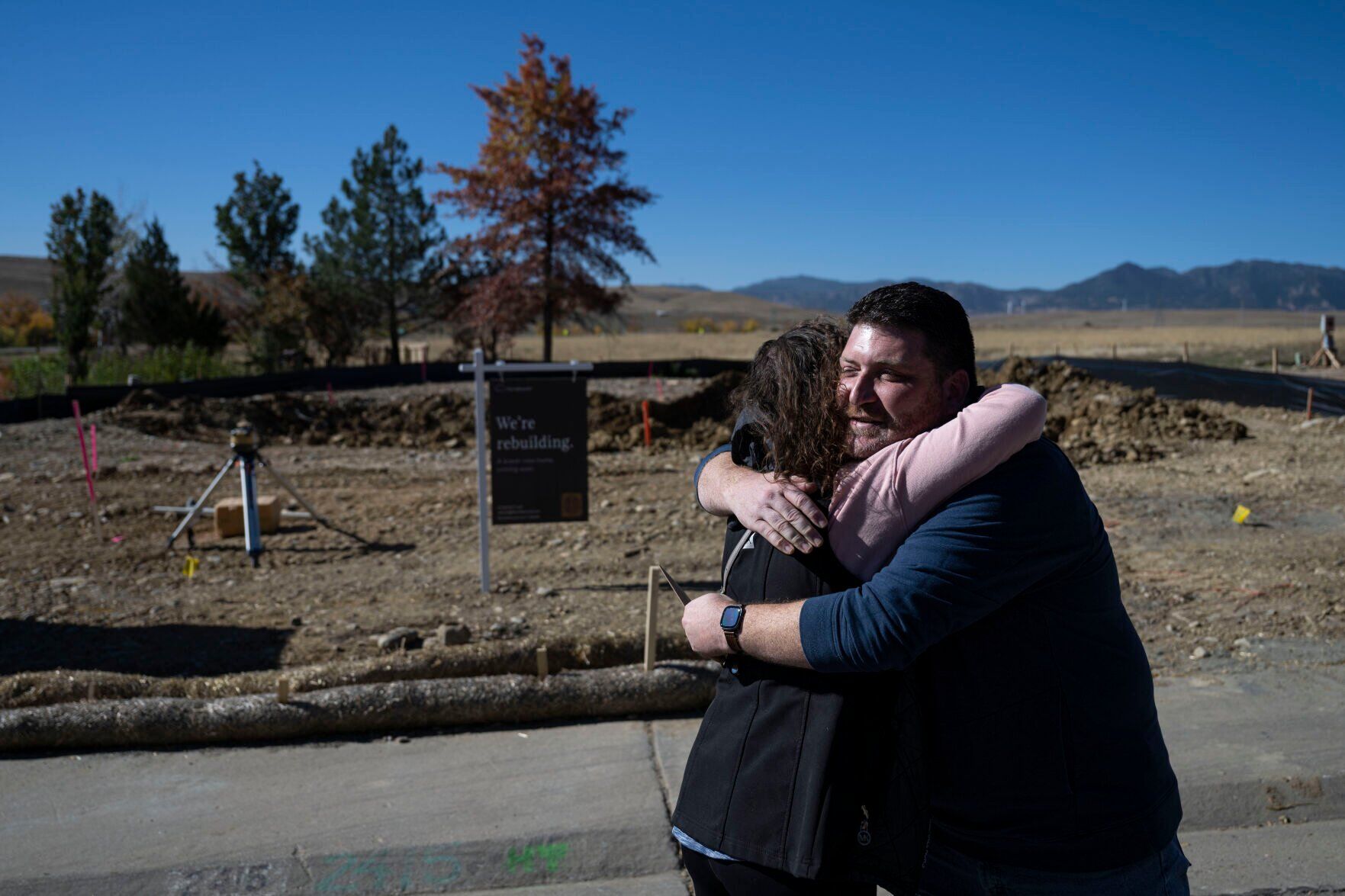
The Rock Creek Rebels have risen from the Marshall fire like a phoenix.
Ten months after Colorado’s most devastating wildfire tore through Boulder County, an entire neighborhood of survivors from the town of Superior are on the eve of breaking ground to rebuild – just as the winter freeze nips at their heels.
The journey to get to this point has been a minefield of confusion over filing claims, navigating insurance, Small Business Administration and Federal Emergency Management Agency guidelines and politicians’ promises.
“This story isn’t about rebuilding. It’s about the spirit of, ‘We’re going to pick ourselves up despite the fact that we’ve lost everything,'” said Chad Cheek, who, with his wife, Trisha, kept the neighborhood moving forward.
“Finally,” Trisha said. “I know in the grand scheme of things this is fast but it doesn’t feel fast.”
It is fast.
Fire survivor groups the Rock Creekers consulted with told them it would take two years to come home.
They’re expecting to beat that time by six months.
The group shared notes and planned ahead, keeping their eye on getting through the mountain of tasks on their own terms.
Marshall fire victims who live in what they joke is the low rent district of Rock Creek, got an education in humanity, both the good and bad, early on. Americans sent them money and governments on all levels organized the recovery effort.
Even so, developers preyed on their vulnerable state with dollar signs in their eyes.
Days after the fire, one company somehow found out where the Cheeks were renting.
“We had a letter in our rental’s mailbox offering to buy our property for $100,000.”
The Cheeks, who are event planners, posted the letter on Facebook.
“We are saying this once. We are not selling,” they wrote. “PLEASE DON’T SEND THESE TO US!”
Months later, many of the Rock Creek Rebels are staying put. Others who have decided to move are proud to have gotten to this heart-tugging point on their own terms.
As an excavator dipped its first bucket on a 75-degree October Wednesday, Cheek filled a jar of crusty soil as a keepsake of their recovery.
“This is our neighborhood,” he told The Denver Gazette. “This means we’re coming home.”
Neighbors who owned this swath of destroyed earth believe jumping on a joint decision early to clear off their own properties instead of opting in with the government program put them on track to move forward faster.
They made the high-stakes DIY move as legal battles plodded along between Boulder County and several of the debris removal companies last March. A few of the companies who lost out on the multimillion-dollar contract had filed lawsuits over their contention that the contract was awarded unethically.
Those slow-motion court challenges held up the government debris removal process for a month, threatening many families’ plans to rebuild: Insurance only paid for two years of rent.
As the weeks ticked off, the more ticked off they got.
“When we found out that we were on the end of the list for debris removal, we realized we wouldn’t be able to break ground until 2023,” Cheek said.
Worried about the time crunch, 37 of Cheek’s neighbors hopped on to twice-weekly after-hour Zoom discussions. They became their own private debris removal advocates, which allowed them to get on with construction plans, and building permits ahead of many who were relying on the government plan.
By July 15, their lots were cleared, making way for soil testing and tree removal.
Though the Cheeks are first in their area, other neighbors are lined up to start soon.
“We have to get this done. We are working against the clock,” said Kali Prasad, who started this journey as a tech guy and has become an amateur disaster rebuilding expert. “I didn’t know anything about construction. I had to learn about legal documents and insurance.”
The 37-family area includes three streets: Andrew Drive, Bristol Street and Ajax Court, which ironically, are right across the street from the Mountain View Fire Department. Some of those families are rebuilding, some are waiting until spring and others are moving away.
Fire sale
Today, many empty dirt lots in Superior and Louisville have for sale signs on them and they are priced from $299,000 to $900,000, depending on the views.
ReMax Elevate’s Mark Kennedy said that before the fire, there was, incredibly, just a single lot available for sale in all of Boulder County. “There was only one, and it was in Original Town Superior, because Boulder County is built out,” Kennedy said.
He just sold a parcel on Ajax Court for just under $500,000.
The real-estate agent, who lives in the area and ironically sold the home at 2415 Andrew Drive that the Cheeks eventually bought, estimates that with prices at $350-$500 per square foot, the average cost to build a new home on the Marshall fire properties will be close to $1 million. That means the entire package for people buying a home and a lot is going on average for $1.5 million.
But there are other obstacles for Marshall fire victims who want to rebuild, including nearly 7.5% interest rates, which Kennedy said have almost tripled since the beginning of the year.
Price-gauging contractors have been another hurdle.
That’s where the Cheeks really earned their hero capes.
Disaster recovery is their thing
Around half of the Rock Creek crew who have chosen to rebuild found a Santa Clara, Calif., company with lots of experience working the California fires.
Homebound specializes in helping heartbroken families start over after losing everything to natural disasters. They coached the Rock Creek group about the lengthy permit and insurance demands.
Homebound’s Greg Glass was at the site Thursday shaking hands with families. “After six disasters, this is the smoothest effort I’ve seen. It is an incredible effort between the community, HOAs, and the city,” Glass said. “This is a case study between the government and the public working together well.”
The town of Superior has met devastated citizens halfway. By waiving use taxes and building fees, and relaxing the energy efficiency code which requires certain grades of insulation, town leaders helped it’s Marshall fire victims save needed dollars.
For instance, Marshall fire victims will be able to use energy-efficiency codes from 2018 instead of being required to follow more expensive regulations which were established 2021.
Mayor Pro Tem Mark Lacis explained the use-taxes waiver.
“This is saving people $15,000-$25,000 on materials because they don’t have to pay use taxes. They can use that money to build their homes. That can be the difference between moving away and staying,” Lacis said.
In an effort to assist residents, the city of Louisville is also allowing residents to build back to 2018’s energy code and established a use-tax credit program.
In all, nearly 1,084 homes were lost in the three devastated areas of Superior, Louisville and unincorporated Boulder County, but very few home building permits have been issued. Figures show only about 10% of the lost homes are in the process of being rebuilt.
Louisville Assistant City Manager Emily Hogan said that they have issued 54 building permits so far, and 43 are pending. In all, 550 Louisville residents lost their homes to the fire, which means many people may wait to rebuild in the spring.
Out of 388 damaged structures, Superior has issued 58 permits with 45 under review. In unincorporated Boulder County, 16 permits have been issued and 15 are under review. In that area, 157 homes were destroyed.
Over doughnuts and breakfast burritos Wednesday, the Cheeks’ 14-year-old son, Nathan, stood in a dusty, shallow hole which was his favorite room before the fire.
“This sure isn’t the game room anymore!” he said.
Nathan and the couple’s younger son, Collin, 8, said that it’s been hard to be so far from their friends during the wait to return to Rock Creek.
Collin is sad that he lost all of his drawings, but on the bright side, some valuable possessions were saved – a Boy Scout plaque, school backpacks and a trumpet.
The Cheeks took their sons out of school for Wednesday’s groundbreaking event, which taught the boys a lesson they would never learn in a classroom.
“It teaches me that everything is replaceable except for people,” Nathan said. “We got our dog and everybody in the family and that’s what matters most.”
